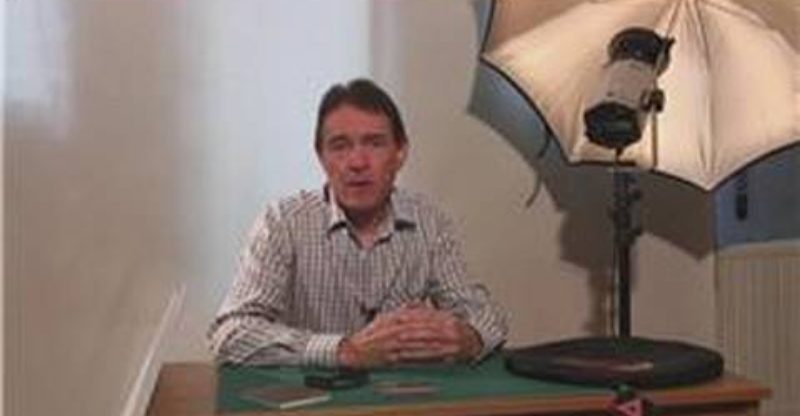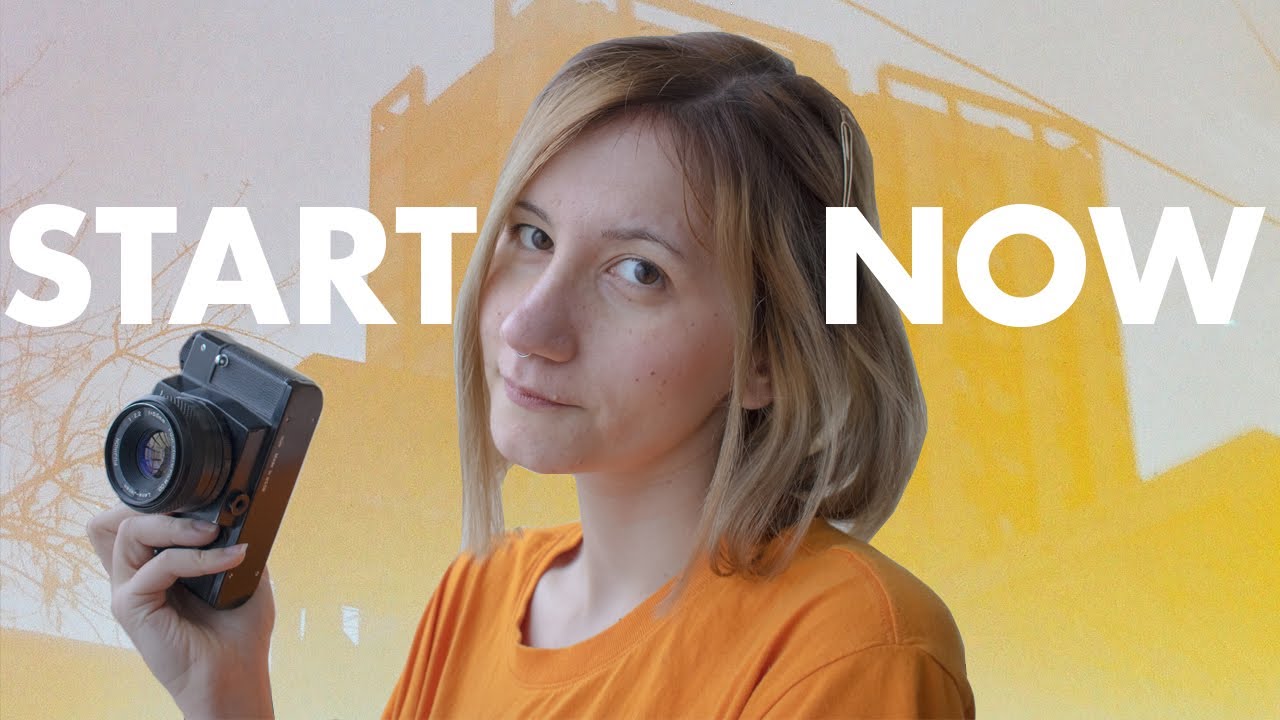Amateur Photography Tips : How to Take the Perfect Portrait
Hi, I'm Frank Anderson, and I'd like to talk
to you about making the perfect portrait. Let's deal with indoors first, studio photography.
This is a professional flash gun, and umbrella. The umbrella is to make the light source softer,
so the shadow edges are not so hard. You can use only one light, and with the aid of a
reflector, like this, you can fill in the shadows.
If you watch the shadows on my face,
you can see the reflector fill them in, and then I can deepen the shadows by taking the
reflector away. Of course, you don't have to have, lighting which is this expensive
or this sophisticated. You can use security lighting, and some surface which is white,
a sheet, say a bed sheet or newspapers, and photograph in black and white. Outdoors, the
situation is simpler, but always remember that generally speaking, the sun should be
behind you, not in front of your subject.If the sun is in the subject's eyes, they will
squint like this. It's very, very difficult not to do that, so always put the sun behind
them.
Be careful with your backgrounds. In a studio situation, make sure that your subject
is three or four feet in front of the background, otherwise, the chances are that you have a
strong shadow cast behind your subject. Outdoors, be very careful about spectrum reflections
behind you, very, very bright areas in the background, and also be very, very careful
about objects which are placed close to the outline of your subject. Look around the edge
of your subject, very, very, carefully, and make sure that nothing is distracting from
the portrait. Strongly shaped objects can be thrown out of focus, by choosing a very
wide aperture, on the lens. Of course, the alternative is to be active. Very often, a
distracting background can be completely altered, by simply moving yourself one or two or three
feet, to either side, or by very slightly raising your camera, or lowering your camera.
This is the simplest way to avoid distraction in the background. You should also think carefully
about the actual portrait itself, the pose itself. You have to decide early on whether
it's going to be head and shoulders,a half length portrait, three quarter length, or
full length, because this will determine very largely, the background to your subject, and
lastly, as far as skin tones are concerned, quite often it's flattering, especially in
female portraiture, to consider filtration.

These filters, these so called soft focus
filters, will soften the lines in a person's face considerably, and they're very, very,
well worth considering. Filtration is often very important for female subjects. It can
soften lines on your face considerably. These are expensive, system filters, because not
only soft focus filters can be used, but many other different types. If you want a cheaper
alternative, you should consider taking an ordinary nylon stocking, and holding it in
front of a lens.
The second alternative would be just to simply breathe on the lens, and
quickly take the picture. This is a very cheap alternative. Another aspect of your composition,
is the height of the camera. Very high or very low angles, tend to produce very stilted
and very unusual portraiture. It's probably better to experiment with the best side of
your sitter, and bring the camera from side to side, to find out which of the possible
views is the most successful, and lastly, try to decide the mood of your portrait ,and
the appropriacy of your portrait. You generally speaking, it's inappropriate to have a laughing
business portrait. It's usually quite sober. However, if you're photographing family and
friends, then the connection between you and the sitter will become obvious, so try to
make sure that they're relaxed, comfortable, and not even too hot or too cold..













